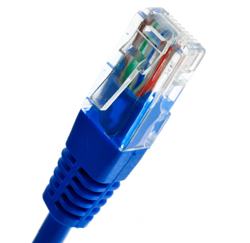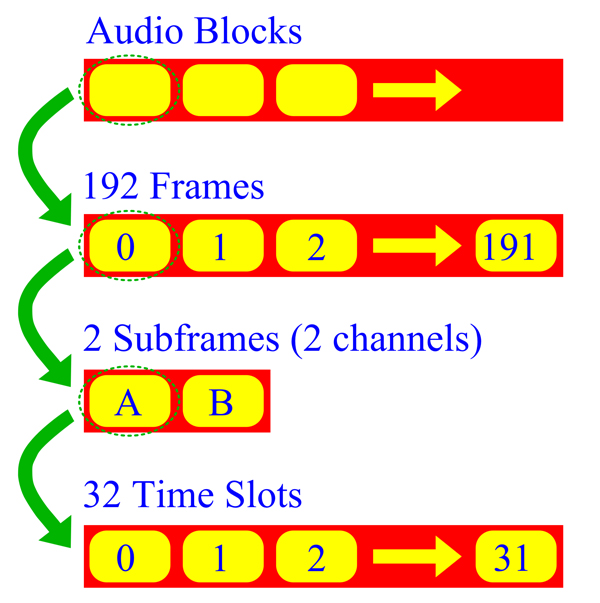
Building A Bridge
If you’re putting together a new system, live or installed, there’s the considerable benefit of selecting equipment that all operates on the same network.
The problem that most of us deal with is the need to connect older analog-only gear into the network along with newer gear that may or may not offer up a protocol that is compatible. That’s when we start looking at interface units.
In my own shop we have six different digital networking standards on various pieces of gear, including AES/EBU, S/PDIF, ADAT Lightpipe, CobraNet, MADI and Dante. All are popular – but they don’t talk directly to each other.
AES/EBU (AES3). Transport for two uni-directional channels of audio that commonly uses balanced lines with XLR connectors, but can also be transmitted over unbalanced lines and optical fiber.
S/PDIF. Similar to AES/EBU except that it uses unbalanced cable with RCA connectors.
ADAT. The ADAT Optical Interface (or ADAT Lightpipe) transfers eight channels of uni-directional audio via fiber optic using Toslink connectors.
CobraNet. Accommodates up to 64 bi-directional channels of audio over a single Cat-5 or fiber optic cable over a local area network (LAN).
MADI. A uni-directional (point to point) approach that allows up to 64 audio channels over coaxial or fiber optic cables (and less commonly Cat-5 from a few manufacturers).
Dante. Supports up to 512 bi-directional audio channels over Cat or fiber optic cable using off-the-shelf IT equipment over a standard IP network.
In addition to the above protocols found in my shop, there are a few more common transport approaches, including:
RockNet. Up to 160 channels (RockNet 300) and 99 devices can be accommodated in one network over Cat-5.
EtherSound. Up to 256 bi-directional channels when wired in a daisy chain topology.
AVB. Up to 400 bi-directional audio channels over Cat or fiber optic cable.
Adding to all of this are manufacturer proprietary protocols like REAC from Roland Pro A/V, ACE from Allen & Heath, HiQnet from Harman Professional, A-Net from Aviom, Q-LAN from QSC and ULTRANET from Behringer – just to name a few. We can now clearly see the need for interface bridging units.

